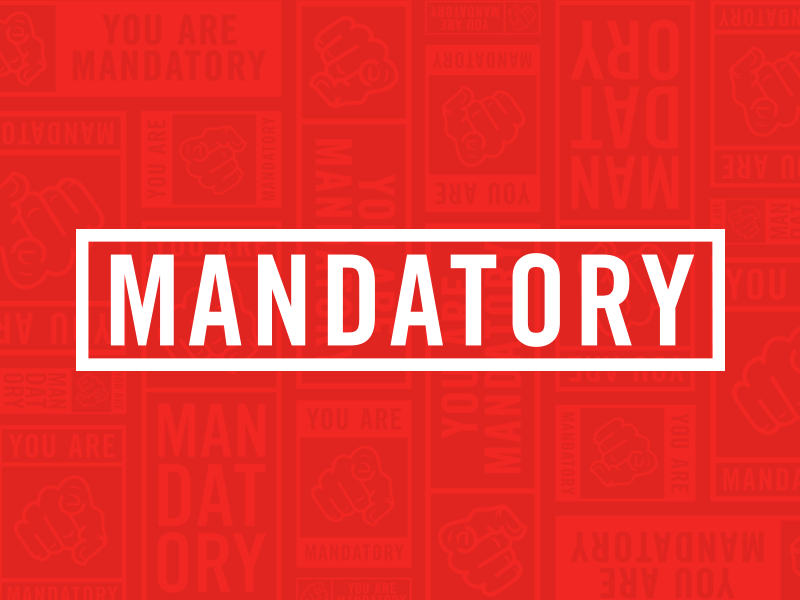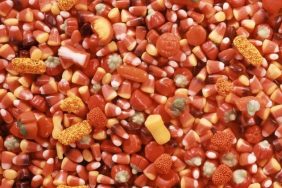Over the past few decades, very few new items have entered into the junk food pantheon. Fans of trashy eating tend to stick to the perennial favorites that seem to have been around forever, like slightly toxic old friends. But there was a time when each of our sugary or salty snack treats was a brand new addition to stores’ shelves and racks. Here are how a few of the old standbys got their start.

Morrie Yohai worked in the Bronx cracker and ice cream cone factory his father founded in the 1920s and he had a problem. The company wanted to begin manufacturing a new salty snack, and no one was coming up with any good ideas. But one day Morrie looked at one of the industrial processing machines they owned and a lightbulb went on. If one were to feed corn meal into the machine the high pressure of the process would shoot it out the other side in a long tube. The tube could then be cut into smaller lengths, covered with orange cheddar and seasonings, and then baked. The result became a junk food classic and — deservedly — made Morrie a mint.

One gloomy day during the Great Depression, the manager of a baking plant named James Dewar noticed that the pans the plant used to make shortcakes were idle for most of the year, when strawberries were out of season. He decided profits might increase if those pans were put to use and baked small, sweet cakes into which was piped a banana cream filling. They were named Twinkies and sold two for a nickel. World War II saw a rationing of bananas, so the cream was changed to a vanilla flavor. Eighty years later, Twinkies sell at the rate of 500 million per year.

Tootsie Rolls occupy a strange place in the candy world because they’re ubiquitous … yet no one actually likes ’em. It’s always something of a disappointment to get to the center of a Tootsie Roll pop and find that lump of the chocolate-flavored taffy. These also-ran treats were invented in New York City in 1905 and very likely might have drifted onto history’s candy scrap heap but for one novelty feature: they were the first ever penny candy to be individually wrapped.

Walter Deimer was a young accountant at the Fleer Chewing Gum Company who, in 1928, began indulging his interest in the physics of chewing gum. He wanted to create a gum that a chewer could also blow big, non-sticky bubbles with. It took him four months, but he eventually perfected his recipe and brought 100 pieces of the stuff to a local candy store, where it sold out in a few hours. Sales during the first year the gum was introduced topped $1.5 million, but Deimar didn’t get a cut. Presumably embittered but quiet about it, he stayed with the company until retiring in 1970 as a senior vice president.

One evening in 1905, the temperature in San Francisco plunged below freezing. Eleven-year-old Frank Epperson had earlier that day mixed himself some powdered soda drink and left a cup of the stuff-with the stirring stick still in it outside overnight. He thought the results looked and tasted pretty good, as did his friends, but Epperson forgot about the whole thing and embarked on a career in real estate. Until one day in the 1920s, when he revisited the idea and applied for a patent. Originally called “Eppsicles,” his kids dubbed them “Pop’s ‘sicles” instead and they currently sell two billion of the things in the United States each year.

The Milky Way was America’s most popular candy bar in the 1920s and, having once tasted gargantuan success, its creators, Frank and Ethel Mars, wanted a repeat performance. They made a peanut butter nougat, topped it with caramel and peanuts, and coated the whole thing with chocolate. Ethel Mars had won a lot of money betting on a racehorse named Snickers, and the couple decided it would make a fine name for their new confection. Originally, the presence of all those peanuts led the Mars company to market Snickers as a health food for athletes. No one was fooled, but, given the mammoth sales, no one much cared.







